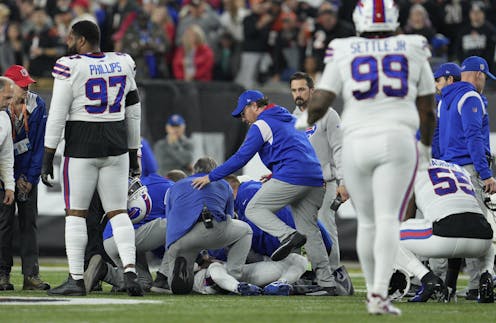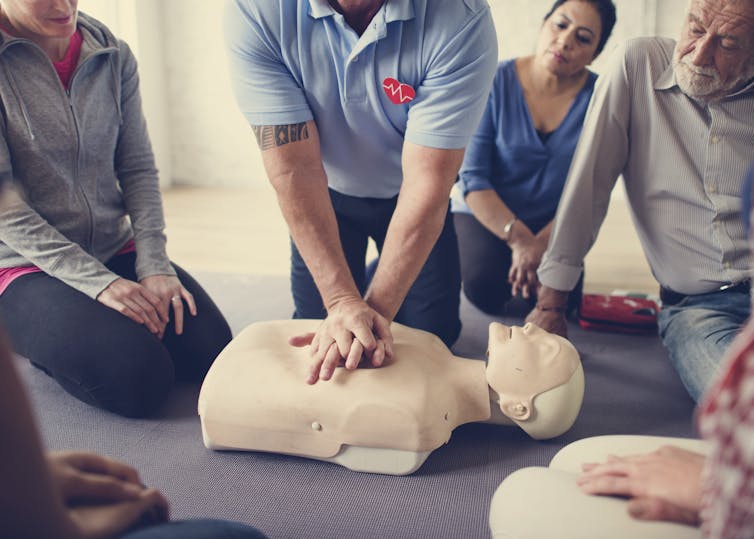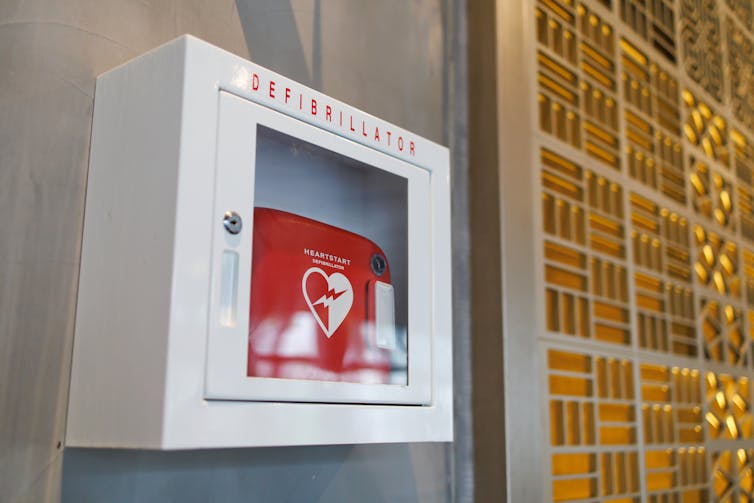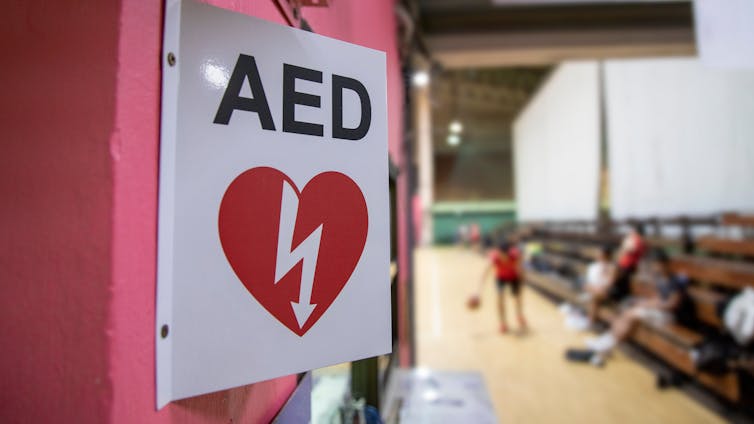
Football — a sport that involves violent collisions — came under shocking scrutiny on Jan. 2 when Buffalo Bills player Damar Hamlin collapsed from a cardiac event immediately following an on-field collision.
Most fans already knew the sport was dangerous, often leading to broken limbs, torn ligaments and life-altering concussions. What Damar Hamlin’s catastrophic incident reminded many is that death might be close by if critical medical equipment and care is not readily applied following a cardiac arrest.
Hamlin seems to have benefited from top-notch, immediate care from trained medics and team staff who responded with life-saving speed and skill. Doctors who treated Hamlin told reporters on Jan. 5 that both cardiopulmonary resuscitation (CPR) and an automated external defibrillator (AED) had been used to restart his heart and restore a pulse on the field before being taken to hospital.
They placed a tube down his throat to help him breathe, supplied oxygen and transferred him to hospital where he is receiving intensive care. Later reports indicated that Hamlin was responding and communicating to family and doctors.
The average citizen — at home or at play, engaged in contact sports or casual interaction — may not be so lucky.
Cardiac arrest
Globally, 3.8 million people experience cardiac arrests outside a hospital setting, according to the American Heart Association (AHA). Fewer than three per cent get CPR and AED. Only eight to 12 per cent survive to hospital discharge.
CPR is the act of applying pressure to the heart manually, until its normal rhythm and activity resumes. An AED, a portable automated device that is easy and safe to use, can help shock the heart back into such an appropriate rhythm in certain circumstances.

Cardiac arrests occur when the heart stops beating suddenly. They are not the same as heart attacks, which are an interruption of blood flow to the heart that leads to damage to the heart muscle. Heart attacks can certainly lead to cardiac arrest, but they are not synonymous.
A third term, heart failure, similarly represents a distinct condition in which the heart is not able to pump as effectively. Usually this syndrome, which has multiple causes, occurs more chronically to those who have sustained heart damage.
Canadian figures show more than 35,000 cardiac arrests every year — two-thirds of them at home. One in five occur in public where a defibrillator and/or CPR can increase the chance of survival. Bystander intervention with CPR and AED saves more than 400 lives annually, the Heart and Stroke Foundation (HSF) reports.
The life-saving importance of CPR and AEDs
Academics and scientists who study CPR say cardiac arrest survival rates increase greatly when bystanders use an AED. However, these rates are still low and warrant further public awareness and education efforts as well as increased, widespread access to AEDs. This is especially so in rural, remote, and Indigenous communities, the HSF says.

Dr. Mike Howlett, president of the Canadian Association of Emergency Physicians, said in an interview that he supports “widespread education for the public on CPR and AED use” as well as “increased availability of AEDs in public settings, especially recreational and sport settings.” This is consistent with the position of the AHA and the HSF.
The HSF data shows that when a bystander uses an AED, the chance of survival nearly triples. Survival is significantly decreased for every minute without access to CPR or an AED.
Installing AEDs in Canada
Canada has made strides with the increase in AEDs at sporting facilities, notably thousands of arenas. Through a pilot program that ran in conjunction with the HSF from 2012 to 2016, officials installed 3,000 AEDs and trained 23,000 Canadians in their use.
Nine lives have been saved to date as a result of this initiative, according to a program summary from the government of Canada. Further expansion to other recreational facilities is planned.
While this is a step in the right direction, hurdles remain. A 2016 article in the Canadian Medical Association Journal showed that living on higher floors in apartment buildings is associated with lower survival rates for cardiac arrest in Canada. The closer one is to life saving equipment, and providers trained in its use, the better the chance of recovery.

This highlights again the importance of timely recognition and response as well as the availability of equipment in private settings. Survival rates decrease with every minute of delay. AEDs and trained providers need to be as close as possible.
Hamlin’s diagnosis is still unclear but what is evident is that he had a cardiac arrest due to an abnormal heart rhythm, and that prompt resuscitation restored his pulse.
The HSF and AHA both advocate for increased CPR education and AED use for the treatment of acute cardiac events. As Hamlin continues to heal, he provides proof that this approach seems to have merit.
Adam Pyle currently does education work with the Heart and Stroke Foundation on CPR and AED use.
This article was originally published on The Conversation. Read the original article.







